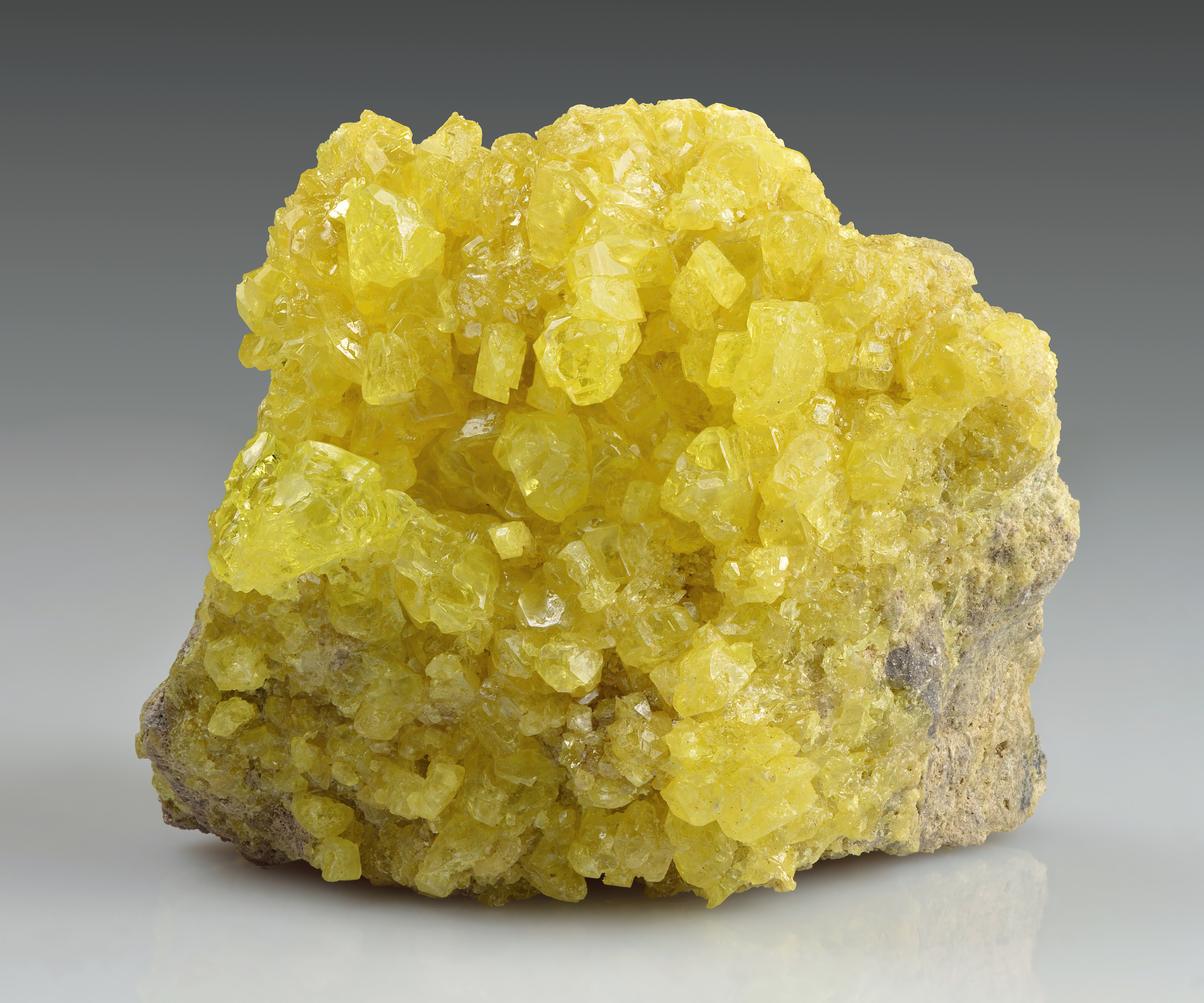WIKI BATTERY - ENERGY STORAGE & BATTERIES

Editor
The sulfur-battery is often referred to the lithium-sulfur battery (LiS).
There is also the large-scale sodium-sulfur battery (NaS), which is not covered in this article
The sulfur battery is a promising technology due to its high theoretical specific capacity of Sulfur (cathode: 1675 mA·h·g−1) and theoretical energy density.
The lithium battery was invented in 1962. Since then, research and companies all over the world have been trying to solve the multiple issues associated with the organic lithium sulfur battery.
However, the dream of a commercial high-energy density lithium-sulfur battery has still to come true.
In addition, the lithium-sulfur battery is the most competitive in gravimetric energy density with current technology, rather than volumetric energy density, compared with the lithium-ion battery.

Moreover, the lithium-sulfur battery conforms to the energy source demand for electric car and portable electronic products. Furthermore, the lithium-sulfur battery has other beneficial assets properties such as rich raw material sources, low cost and environment friendly.
The advantages of abundant reserves, low-cost and environmental friendliness are also attributed to sulfur.

With growing attention paid to the application of Lithium Sulfur batteries, also new challenges at the practical cell level emerged.
In addition, the density of sulfur and lithium sulfide is 2 g/cm3 and 1.7 g/cm3, respectively. The volume expansion and shrinking in the charge-discharge process is as high as 80%, resulting in the separation of the active sulfur-material from the conducting-none expanding material and the attenuation of capacity.
On the other hand, the suitability of lithium-sulfur battery is limited by the dissolution of a) elemental sulfur and b) intermediate product polysulfide ions in the liquid electrolyte.
The dissolution of polysulfides can result in the loss of the sulfur-cathode materials, which i) results in a rapid decrease in capacity and ii) deformation and subsequent mechanical instability of the sulfur-cathode.

Moreover, if lithium metals is used as the anode, the battery cell is to slowly but surely to self-discharge with soluble lithium polysulfides which diffuse to the Anode-side. Because of the high chemical reactivity of the lithium anode surface, the polysulfides are lithiated at the Lithium-Anode.
The decline in performance below 0 °C temperatures limits the application for certain situations. Under certain conditions, a working temperature above -10 °C can be sufficient. However, this problem can be solved by maintaining the operating temperature above 0 °C.
If lithium metal is used as an anode, dendrites are formed rapidly. Dendrites are shorting the battery cell. Therefore, dendrite grow has to be mitigated to build a useful Lithium-sulfur battery cell.

Mori, R. Cathode materials for lithium-sulfur battery: a review. J Solid State Electrochem 27, 813–839 (2023). https://link.springer.com/article/10.1007/s10008-023-05387-z?error=cookies_not_supported&code=2fccb50c-ce22-4c4f-b8d6-435010150534
Shao Q, Zhu S, Chen J. A review on lithium-sulfur batteries: Challenge, development, and perspective. Nano Research, 2023
Lithium–sulfur battery. From Wikipedia, the free encyclopedia. Read, February 2023
Lithium-sulfur batteries are one step closer to powering the future, Argonne National Laboratory. Retrieved March 2023.
A Perspective toward Practical Lithium−Sulfur Batteries, ACS Cent. Sci. 2020, 6, 1095−1104.
A high-energy sulfur cathode in carbonate electrolyte by eliminating polysulfides via solid-phase lithium-sulfur transformation. Nature Communications 9, 4509 (2018). https://www.nature.com/articles/s41467-018-06877-9?error=cookies_not_supported&code=1ddb5666-5fa2-4498-8b28-8d7c91d3e3d4
Current Wiki Articles

Battery Supply Chains Wiki battery – Energy storage & batteries WIKI BATTERY WIKIBATTERY.ORG – BATTERIEN & ENERGIESPEICHER Diversified battery supply chains based on a sophisticated circular economy strategy will become

Inorganic Solid-State Electrolytes WIKI BATTERY – ENERGY STORAGE & BATTERIES WIKI BATTERY WIKIBATTERY.ORG – BATTERIEN & ENERGIESPEICHER Inorganic Solid-State Electrolytes for Solid-State lithium Batteries Inorganic Solid-State Electrolytes Introduction The concept

Stromsammler & Stromabnehmer für Lithium-Ionen AKKUS Wiki Battery – Batterien & Energiespeicher WIKI BATTERY WIKIBATTERY.ORG – BATTERIEN & ENERGIESPEICHER Aktuelle Wiki Battery Artikel Stromsammler, Stromkollektor & Stromabnehmer-Folie (Current collector) in

International Energy Agency IEA Wiki Battery – Batterien & Energiespeicher WIKI BATTERY WIKIBATTERY.ORG – BATTERIEN & ENERGIESPEICHER Die Internationale Energieagentur IEA vorgestellt Die Internationale Energieagentur – IEA Internationale Energieagentur IEA

Copper will be needed in unprecedented quantities to be used in batteries, electronics, wind and solar installations, nuclear facilities, and other things in order for the humankind to reach net-zero emissions by the year 2050.

Sulfur-Battery WIKI BATTERY – ENERGY STORAGE & BATTERIES WIKIBATTERY.ORG – BATTERIES & ENERGY STORAGE WIKIBATTERY.ORG – BATTERIES & ENERGY STORAGE Sulfur-Battery Name The sulfur-battery is often referred to the lithium-sulfur
WIKIBATTERY.ORG
Wiki Battery is an encyclopedia for battery technologies, which explains technical terms from the field of batteries and energy storage in a simple and understandable way – dummy proof.
More information about Wiki Battery can be found here. Wiki Battery is a published Swiss Battery (SwissBattery.com).
All rights reserved.
Copyright © 2023-2030 by WikiBattery.org

Contact - Get in touch with us
Newsletter
Want updates on everything we do? Sign up for the quarterly newsletter.